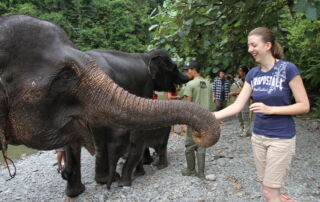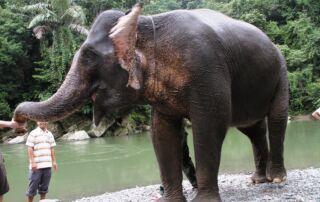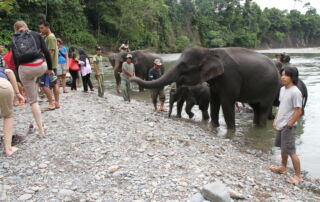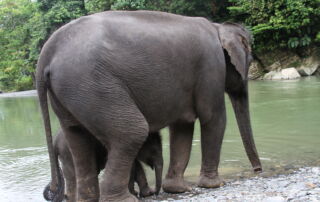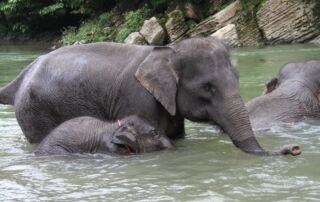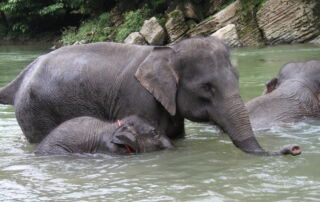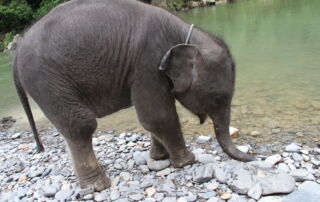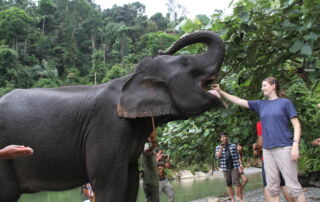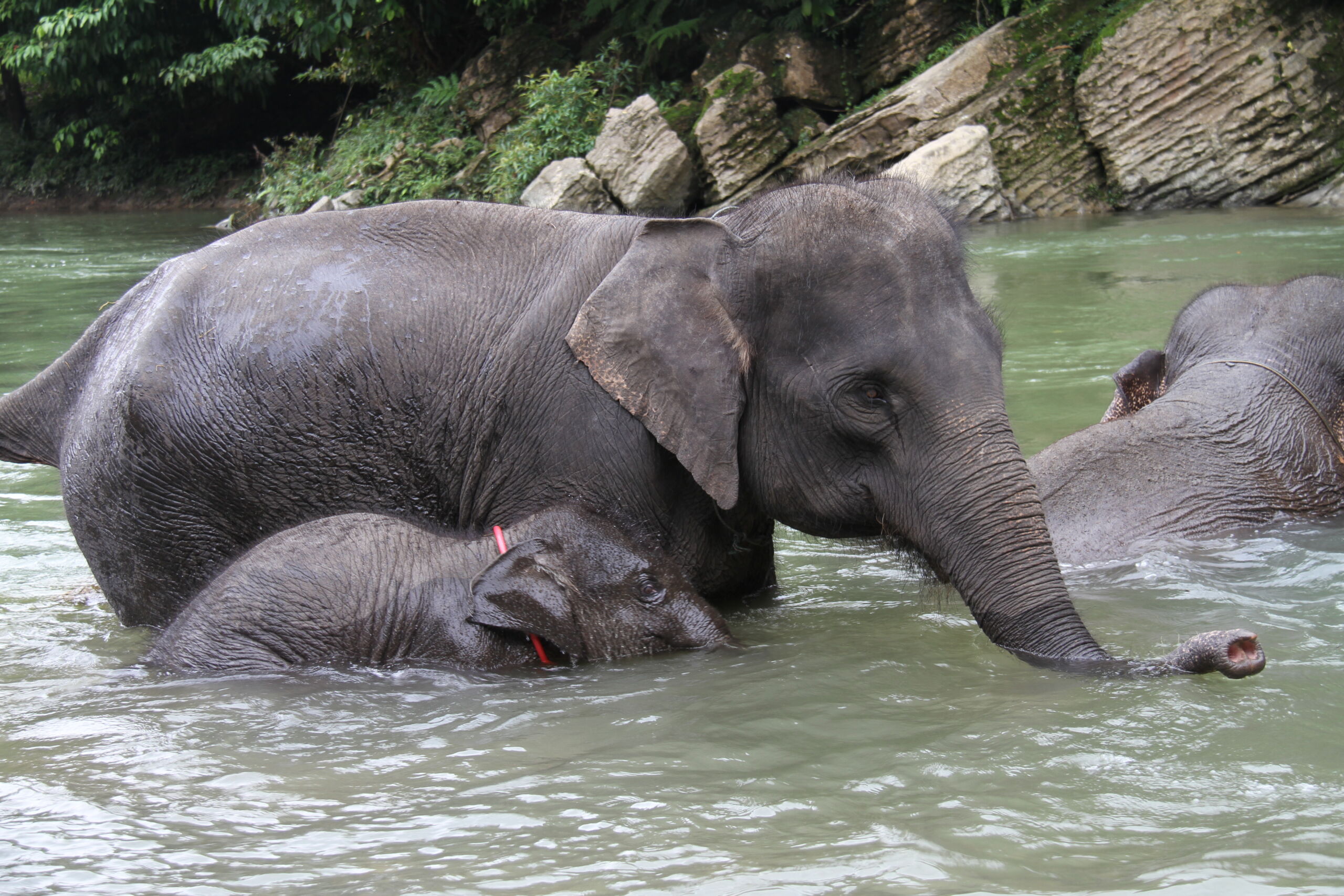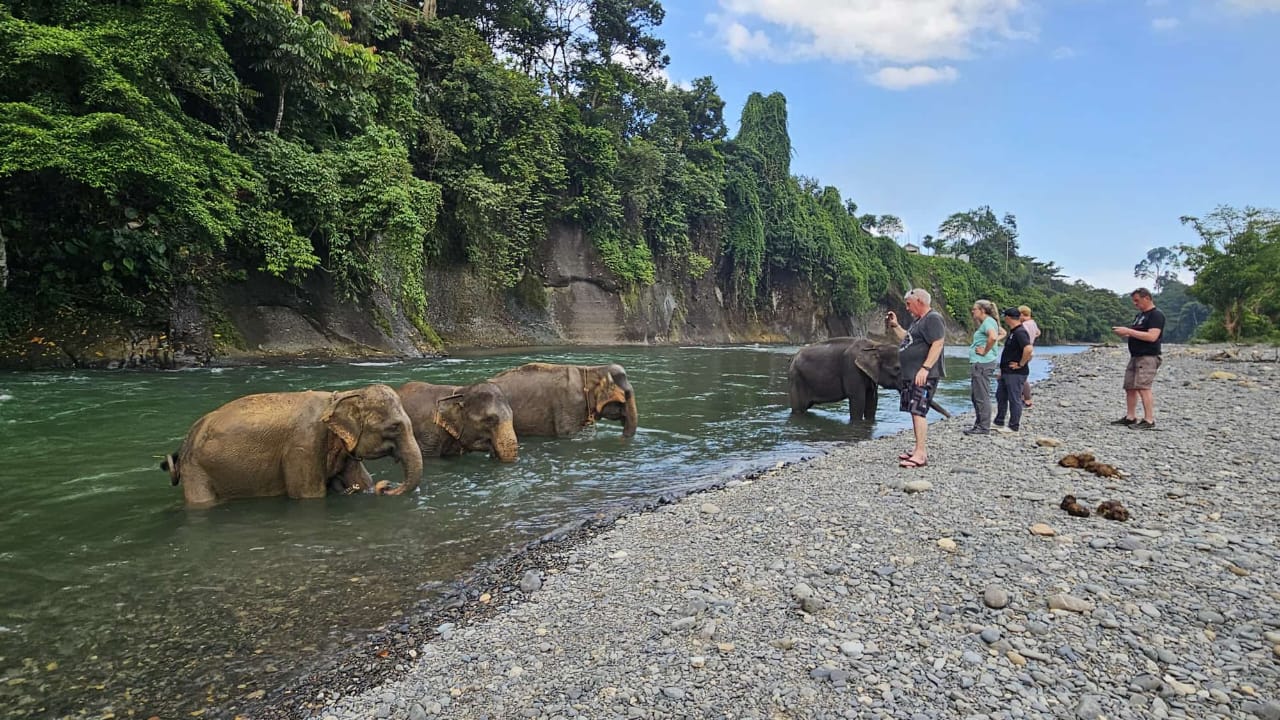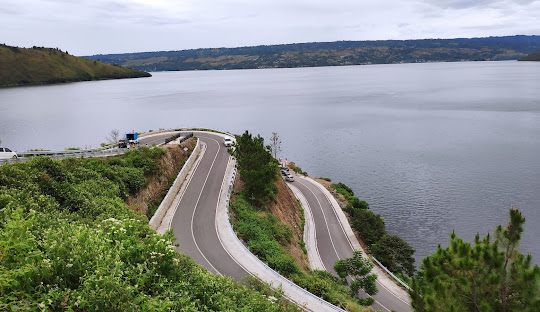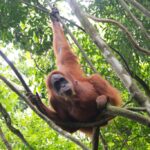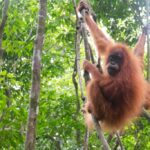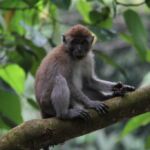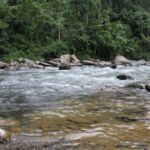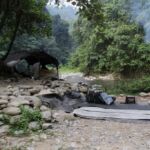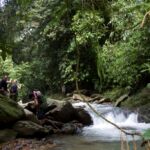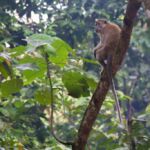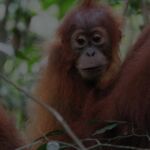Tangkahan & the Sumatran Elephant: A Story of Nature, Conservation & Culture
Tangkahan: Indonesia’s Hidden Jungle Sanctuary
Where is Tangkahan?
Tangkahan is a remote village and ecotourism destination nestled in Langkat Regency, North Sumatra, Indonesia. It lies on the outskirts of the Gunung Leuser National Park (GLNP), a UNESCO-listed tropical rainforest and one of the most biodiverse ecosystems on Earth. Tangkahan is about 80–90 kilometers from Medan, the capital of North Sumatra.
What Makes Tangkahan Special?
Tangkahan is often described as “The Hidden Paradise of Sumatra” for its unspoiled beauty, dense rainforest, and strong commitment to community-based ecotourism. It’s not as commercial as nearby Bukit Lawang, making it ideal for travelers seeking peaceful immersion in nature.
Here’s what sets it apart:
-
Off-the-beaten-path experience
-
Conservation-driven tourism
-
Presence of Sumatran elephants in the Conservation Response Unit (CRU)
-
Jungle adventures with a strong ethical foundation
The Sumatran Elephant (Elephas maximus sumatranus)
Species Overview
The Sumatran elephant is one of the four recognized subspecies of the Asian elephant. Native only to the island of Sumatra, it plays a crucial role in the rainforest ecosystem as a “keystone species.”
-
Status: Critically Endangered (IUCN Red List)
-
Estimated wild population: Fewer than 2,800 individuals
-
Habitat: Tropical rainforests, grasslands, and lowland forests
-
Diet: Herbivorous (consumes up to 150 kg of plant matter daily)
-
Lifespan: 60–70 years in the wild
Threats to the Sumatran Elephant
Sumatran elephants face severe threats:
-
Deforestation for palm oil, logging, and agriculture
-
Human-wildlife conflict due to habitat loss
-
Poaching for ivory and retaliation killings
-
Fragmentation of habitat, which isolates herds
The shrinking forests of Sumatra have forced elephants to increasingly interact with human settlements, often resulting in conflict.
Taking part of bathing the elephant in the Buluh River, walking with the elephant into the jungle is one of the activities we could do close to the elephant habitat without exploiting them. It also help the local community financially.
Tangkahan & the Elephants: A Story of Transformation From Logging to Conservation
In the early 2000s, Tangkahan was at a tipping point—rife with illegal logging and unsustainable forest exploitation. But instead of continuing this path, the locals came together to form a community-led initiative to protect their land.
They partnered with the Leuser International Foundation and the Indonesian Ministry of Forestry, creating a Conservation Response Unit (CRU) with trained elephants and local mahouts (elephant handlers). These elephants, once part of government-run camps or taken from captivity, were repurposed as forest guardians and symbols of conservation.
What is the CRU?
The Conservation Response Unit in Tangkahan serves two major functions:
-
Forest Patrols: Elephants help rangers monitor forest areas to prevent illegal activities like logging and poaching.
-
Ecotourism Ambassadors: Tourists can observe, interact with, and learn about elephants ethically, providing income for local conservation.
Tangkahan Today: Eco-Activities & Wildlife Encounters
1. Bathing Elephants in the River
One of the most iconic experiences in Tangkahan is bathing the elephants in the Batang Serangan River. Under the supervision of mahouts, visitors can:
-
Scrub and wash elephants in the river
-
Learn about elephant behavior and biology
-
Observe the bond between elephants and handlers
Note: Tangkahan has moved away from offering elephant rides in response to ethical tourism concerns. Focus is now on non-exploitative, educational experiences.
2. Jungle Trekking
Trek through the pristine rainforest of Gunung Leuser National Park. Guided by local experts, these treks offer:
-
Sightings of orangutans, gibbons, and hornbills
-
Exploration of hot springs, caves, and waterfalls
-
Insights into medicinal plants and jungle survival skills
3. River Tubing & Waterfalls
Float along jungle rivers surrounded by towering trees and chirping birds. You can:
-
-
Tube down the Buluh River
-
Swim in the river or under jungle waterfalls
-
Relax in natural hot springs
-
4. Homestays & Cultural Experiences
Stay with locals in eco-lodges or wooden bungalows. Most accommodations are community-run, offering:
-
Traditional cooking experiences
-
Village farming or handicraft workshops
-
Immersive, slow-paced tourism with a low ecological footprint
Sustainability & Community Benefits
Tangkahan is a model of successful ecotourism, where:
-
Local villagers manage tourism operations
-
Revenue funds conservation, education, and village development
-
Visitors are educated about responsible tourism and wildlife protection
When to Visit Tangkahan
-
Best season: May to September (dry season, ideal for jungle trekking and river tubing)
-
Wet season: October to April – Forest is lush, but trails are slippery, and wildlife can be harder to spot
What to Bring
-
Sturdy shoes and long pants (for trekking)
-
Insect repellent and sunscreen
-
Refillable water bottle
-
Rain jacket or poncho
-
Binoculars or camera for wildlife
-
Basic first aid kit
Why You Should Visit Tangkahan
-
Support a grassroots conservation success story
-
Ethically engage with critically endangered elephants
-
Immerse yourself in one of Earth’s last great rainforests
-
Escape crowds and connect with authentic Sumatran culture
How to Get to Tangkahan
-
From Medan or AIRPORT: 5–6 hours by car
-
Private car is the most reliable transport from and to Medan or Airport
-
Public transport possible but requires multiple transfers and takes much longer. This option is not recommended
-
-
Access: Walking to the Guest house, and cross the river by Cable Bridge
Final thought
Tangkahan and the Sumatran elephants symbolize the possibility of harmony between humans and nature. By choosing to travel responsibly and support local conservation, you contribute directly to:
-
The protection of endangered species
-
The empowerment of indigenous communities
-
The preservation of rain forests for future generations
Berastagi Karo Highland
Berastagi – The Karo Highland Retreat of North Sumatra Berastagi (sometimes spelled Brastagi) is a serene highland town [...]
Tangkahan Hidden Paradise Sumatran Elephant Sanctuary
Tangkahan & the Sumatran Elephant: A Story of Nature, Conservation & Culture Tangkahan: Indonesia’s Hidden Jungle Sanctuary Where is [...]
Sumatra wildlife overview
A Comprehensive Overview of Sumatran Wildlife Introduction Sumatra, the largest island entirely in Indonesia and the sixth-largest island in [...]
Lake Toba Parapat and Samosir Island
Lake Toba – Indonesia’s Largest Volcanic Wonder" Discover Lake Toba: The Largest Volcanic Lake in the World [...]
Bukit Lawang is Gateway to Sumatra Orangutan and Sumatra Jungle Trekking
Bukit Lawang is Gateway to Sumatra Orangutan and Sumatra Jungle Trekking Bukit Lawang, a charming eco-village nestled at the [...]

